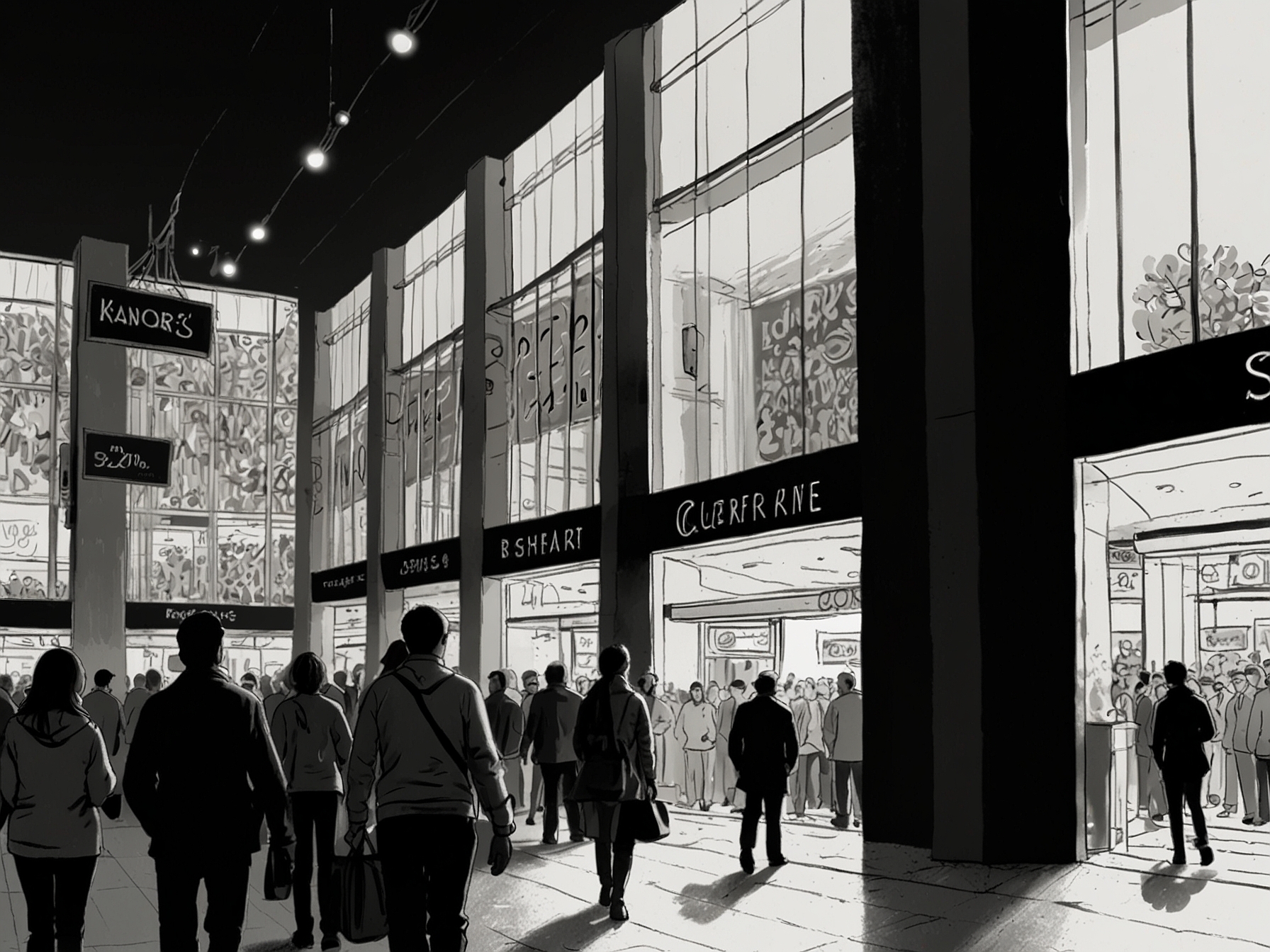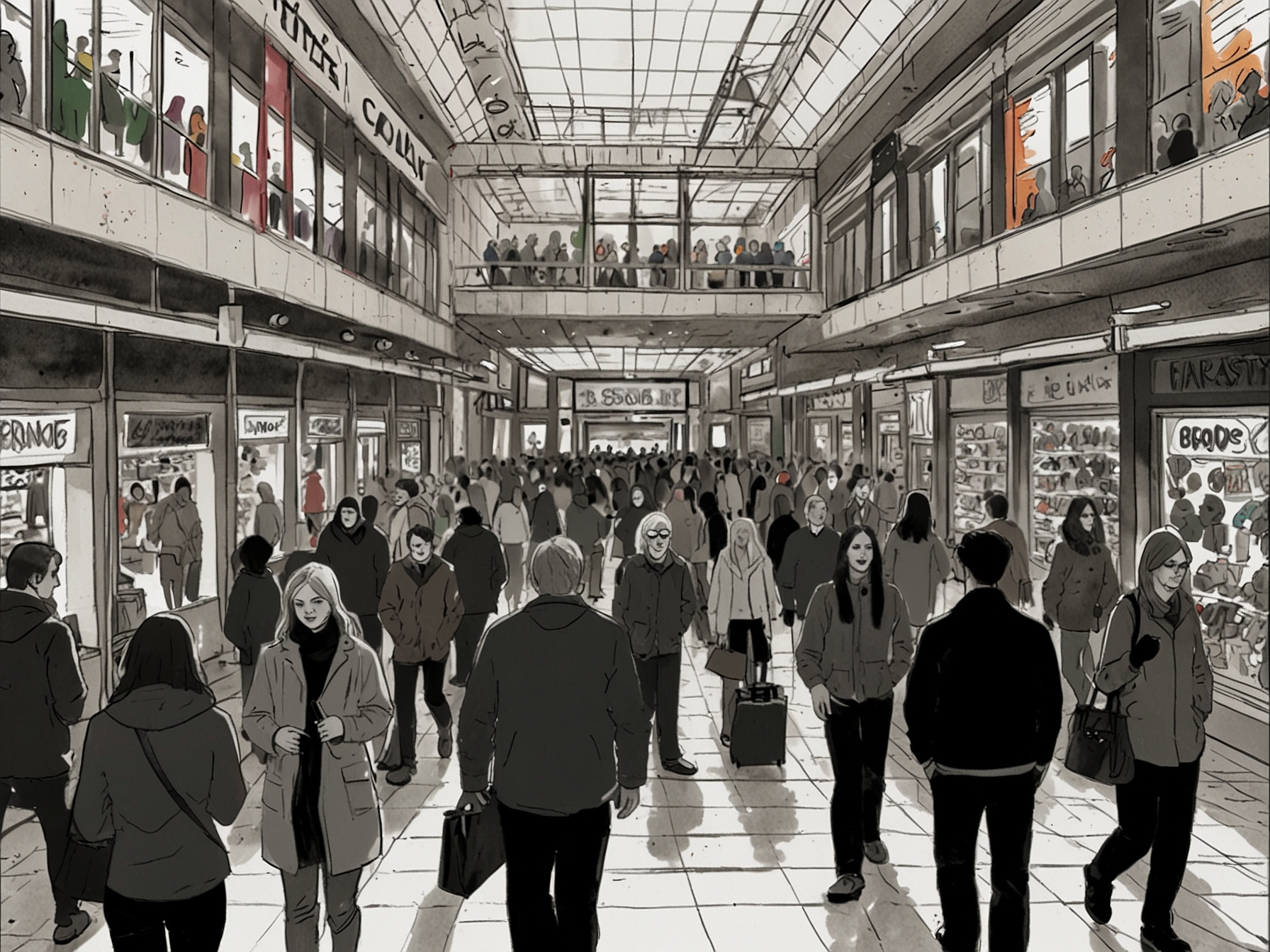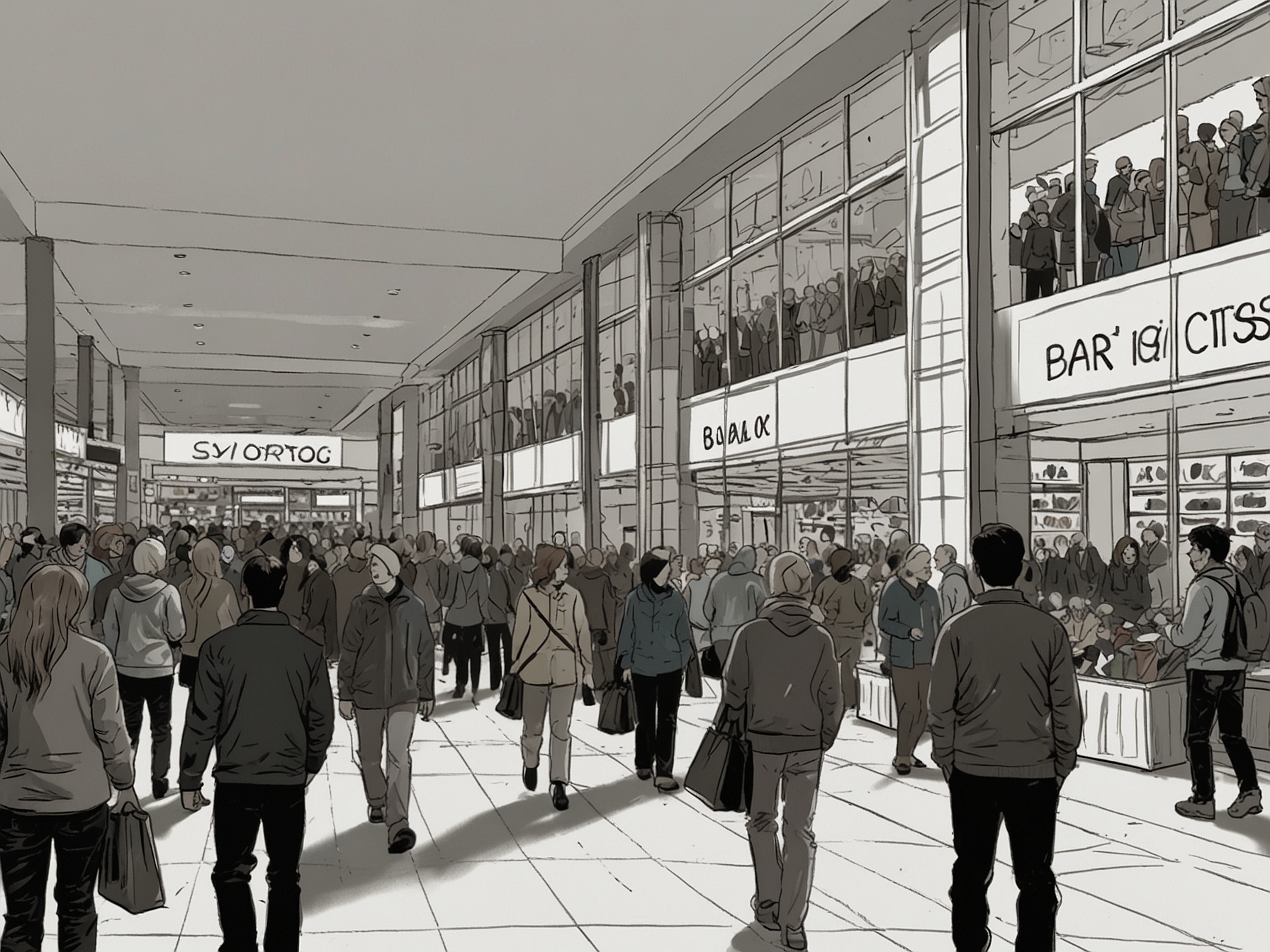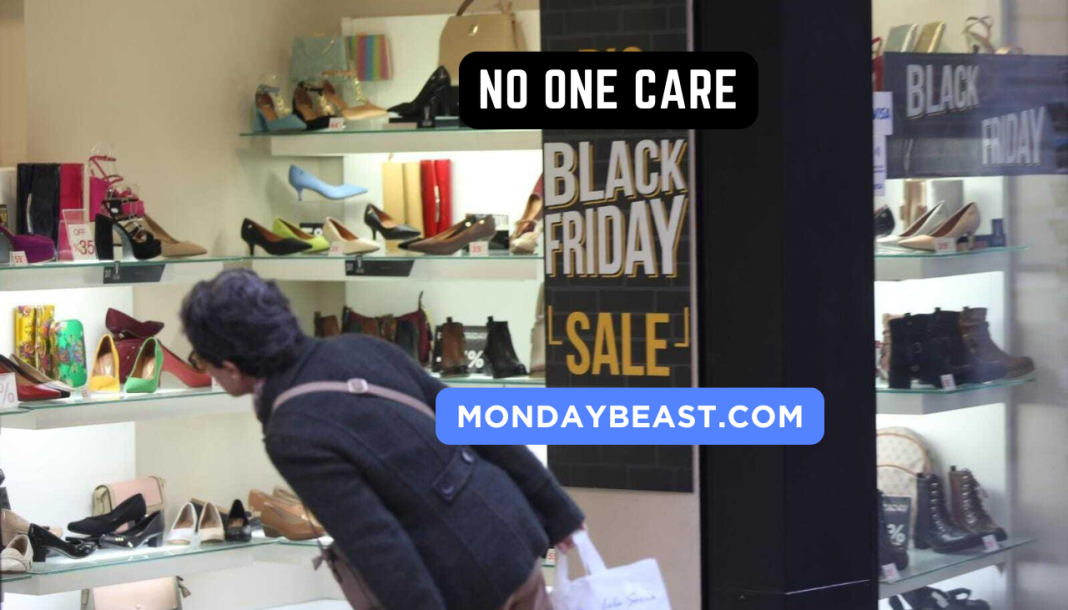The roots of Black Friday and its evolution
Black Friday has a colorful history in the United States. It began as an in-store shopping experience enticing families to brave the early morning lines in pursuit of jaw-dropping deals. It was about being part of something bigger, about community. Lines wrapped around department stores, excitement buzzing. Consumers would arrive before dawn, ready to experience an event framed by a sense of urgency and camaraderie.
But experts like Barbara Kahn from The Wharton School argue that the magic is fading. Now, the anticipation surrounding Black Friday isn’t what it used to be. Nowadays, shopping habits have shifted significantly. Retailers are competing with Cyber Monday, which has created a month-long fluidity of deals.

The retailers’ game plan has changed too. Discounts are no longer confined to a single day; they now start weeks, if not months, in advance. The long lead-up, experts say, dilutes the urgency that characterized Black Fridays of yore. It had to be something special to motivate folks to leap out of bed. I can remember the last time I experienced that rush.
How the pandemic reshaped the shopping landscape
The COVID-19 pandemic acted as a springboard pushing retailers into uncharted territory. Black Friday of 2020 became a hybrid model between online and offline shopping, with many opting to avoid crowds altogether. The surge in online shoppers was a revelation. According to the National Retail Federation, more than 100 million Americans shopped online that year for Black Friday, marking a major shift in consumer behavior.
Yet after 2020, the trend didn’t just disappear. Year after year, online shopping has risen while in-store footfall has often declined. A study from the NRF revealed that in 2019, online shopping surpassed in-store sales for the first time on Black Friday. That reveals a fundamental change in how we approach shopping.

Should we celebrate this evolution? On one hand, it certainly makes things more convenient. But I genuinely wonder, what does that mean for the experience of shopping together with friends and family? As we navigate through these new dynamics, it’s worth pondering the balance between convenience and experience in shopping.
Understanding the emergence of Black November
Black Friday, as it stands, has morphed into a broader phenomenon often referred to as Black November. This term reflects the long list of discounts and sales spread out over weeks leading up to Thanksgiving. It’s easy to lose track of the actual shopping day when deals are being offered nearly all month long.
Retailers have made a strategic choice here to draw in consumers earlier. But in doing so, they’ve almost diminished the significance of Black Friday itself. It used to signal the beginning of the holiday shopping frenzy. Now, it feels more routine, more habitual.

The idea of navigating a maze of deals for weeks—has it made us savvier consumers, or has it simply overloaded us with choices? Do we even find joy in shopping anymore when numbers and discounts crowd our thoughts? It’s a question many must face as they sift through endless offers.
What’s ahead for Black Friday 2024?
Looking ahead to Black Friday 2024, experts suggest a stable trajectory. Familiar patterns loom on the horizon, with discounts starting long before the big day, as we’ve come to expect. The consensus is that online sales will continue their dominance.
Consumer demand remains strong. Shoppers increasingly seek value, driven by ongoing economic pressures. The desire to save is palpable. The NRF predicts that holiday spending could reach nearly $1 trillion in late 2024—a healthy uptick. People want to cross things off their lists.
For fans of in-store shopping, the tradition hasn’t died. While many are flocking online, millions still prefer visiting stores. A sense of tradition and the joy of being surrounded by fellow shoppers lingers for them. Would it be heartbreakingly disappointing to witness in-person shopping vanish completely? Or is it simply evolving with us?
The worldwide impact of Black Friday
Black Friday and Cyber Monday have transcended U.S. borders. In a strange twist, countries worldwide have embraced these sales. Countries like the UK and Mexico incorporate similar concepts, and the name ‘Black Friday’ has become global terminology, regardless of culture.
The reach of this shopping phenomenon is astonishing. While it originally birthed from an American context, it is now intertwined with countries that celebrate sales for their own reasons. Black Friday’s evolution reflects broader trends, asking us to reflect on what we truly value.
Do these global sales events signify a true cultural exchange or simply capitalism at work? As we dive into the analytics and growth of this retail season, one philosophical question stands above the rest: What does shopping say about us in an increasingly interconnected world?




